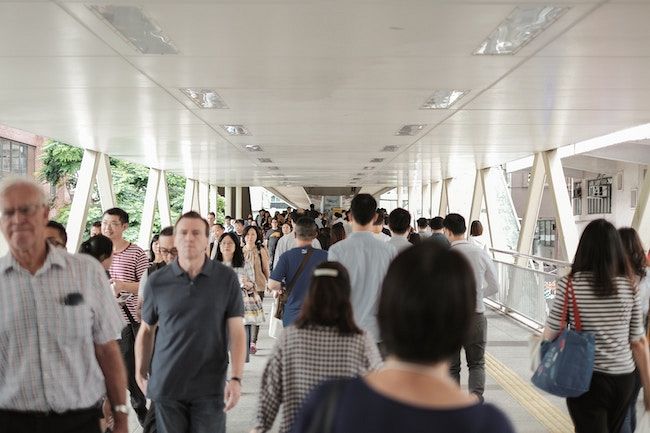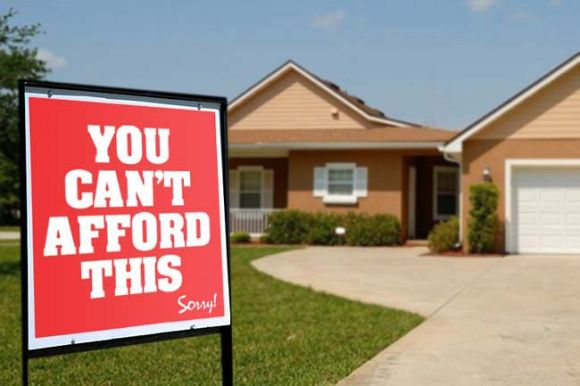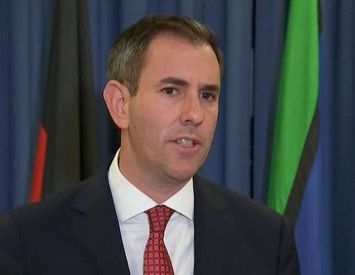With housing rents rising and construction times on new homes blown out to over a year in many cases, Australia will struggle to provide the infrastructure to absorb 400,000 migrants this year, writes Sue Arnold.
FOUR HUNDRED THOUSAND net migrants this year? Is the Albanese Government dealing with reality?
There is significant evidence of the nation’s current inability to provide the necessary infrastructure to absorb this number. Although proponents of the migrant surge claim migration went backwards during COVID – and this figure is making up for that loss – the fact is that Australia has experienced major natural disasters compromising its ability to deal with 400,000 net migrants.
In the first nine months of the financial year, more than 220,000 international students moved to Australia.
As Sydney, Melbourne and Brisbane are the major recipients of the migrant surge, the likelihood of finding somewhere to live is remote. And expensive. Weekly rents in Sydney are up by 25% in the past year; Melbourne rents are up about 22%, with Brisbane the lowest at 11.4%. However, these figures vary as different percentages are cited by various media and commentators.
A brief summary of the problems facing migrants’ incorporation into Australian communities demonstrates that the Albanese Government’s upsurge in migration is in urgent need of a review. Given the scale of difficulties and impacts, numbers need to be reduced. At least until such time as the nation has the infrastructure to cope. The alternative is chaos.
Evidence shows that the health system is likely the first victim.
The Royal Australian College of General Practitioners (RACGP) sums up the current crises facing GPs in a report from last year:
'Many GPs are exhausted with the bureaucratic nonsense and more GPs, including younger GPs, are reducing their hours and expressing their intentions to retire early from general practice. Sourcing and retaining GPs has now become the biggest challenge reported by practice owners in 2022.'
Workforce projections cited in the report predict a deficit of 11,517 GPs by 2032:
'General practice is unsustainable and without immediate policy intervention, the health of the nation will suffer.'
The ABC analysed public specialist outpatient waiting times across Australia, demonstrating that patients are waiting longer than two years for urgent appointments with a brain surgeon. Some waiting lists for neurosurgeons, ear, nose and throat surgeons, and immunologists in parts of the country are longer than six years. In Victoria, the ABC reports, 'some people are waiting more than eight years to see ear, nose and throat surgeons'.
And what about emergency rooms? The average wait time in Australian emergency rooms in 2018-2019 was 19 minutes. In June 2022 the ABC reported that of 8.8 million emergency room presentations, one in three people waits more than four hours to be treated or admitted.
How about nurses? By 2025, anywhere from 20,000 to 40,000 nursing positions could be left unfilled, according to a McKinsey & Company survey.
The Royal College of Pathologists of Australasia (RCPA) warned the country faces acute shortages. Pathology blood tests are used in almost 70% of all medical diagnoses. In late December 2021, the dental industry estimated a 20-25% shortage in dental hygienists, assistants and other practice staff.
Another issue is the availability of schools. A report from 2016 estimated 650,000 more students by 2026, indicating some 400 to 750 new schools would be needed. At that time, a relatively standard primary school cost about $l5 million, with a secondary school costing twice as much. A dearth of current estimates on schools needed to accommodate 650,000 students leaves open questions.
How about shelter? Given rental crises and housing shortages, people left homeless by floods and bushfires are still doing it tough. A Southern Cross University (SCU) survey in December 2022 found almost 52% of flood victims in the Northern Rivers were living in the shells of homes that had flooded — 26% were living in temporary accommodations such as caravans, sheds or government “pods.”
A new National Housing Finance and Investment Corporation (NHFIC) report indicates a shortage of 106,000 homes by 2027 across Australia. About 331,000 households are estimated to be living with rental stress.
Construction times on new homes have blown out from an average of 7-9 months to well over a year. Profits have tumbled by more than 50% for the nation’s largest builders. At least 20 construction companies closed up shop in 2022.
National vacancy rates for rental listings are at a record low of 0.8%.
The 'Australian Homelessness Monitor 2022' states:
'... the average monthly number of specialist homelessness service users grew from 84,000 people in 2017-2018 to 91,300 in 20-21.'
A University of NSW City Futures Research Centre report claimed there would be a need for 650,000 affordable or social housing homes in Australia nationally over the next 15 years.
Last, but almost certainly one of the most critical issues, is the fate of native forests and forest wildlife, as timber is needed for major urbanisation and infrastructure.
Reportedly, Australian Forest Products Association (AFPA) chief executive officer Ross Hampton says Australia desperately needs to increase its own capacity:
"It’s imperative we increase planting rates to urgently supply much more of our building needs."
Hampton acknowledged the Government had allocated about $87 million in grants over five years for the planting of more trees. But stressed none had been planted.
A recent report from Master Builders Australia and AFPA estimates the shortage in NSW’s timber will reach the equivalent of 250,000 house frames by 2035.
Sustainable Forest Management (SFM) says both softwood and hardwood are currently in short supply across Australia and even more so in NSW, where demand for timber is higher due to the number of new dwellings being built.
SFM cites Forestry Corporation NSW (FCNSW) estimates which demonstrate the 2019 fires reduced the amount of available quality timber by as much as 30% in key growing regions. In the NSW North Coast region, 49% of native forests were impacted by the fires.
FCNSW has just under 35,000 hectares of hardwood timber plantations specifically planted for timber and wood products. Hardwood plantations can take 30-50 years to grow to maturity. Unfortunately, these plantations also attract significant numbers of forest fauna species.
Although FCNSW claims that 'native forests are never transitioned or converted to plantations', forest activists on the north coast would vehemently disagree.
The International Forest Stewardship Council (FSC) recognises the conversion of native forests to plantations as a serious global issue that undermines the integrity of their sustainable forest certifications. NSW is currently listed by the FSC as a risk to its supply chain and brand.
A recent study by the Swedish Research Council provides evidence to suggest population growth is the main driver of increased carbon emissions.
With no proper planning to deal with almost half a million people, the Albanese Government may not enjoy the outcome of concern that is growing over the surge in migration.
Sue Arnold is an IA columnist and freelance investigative journalist. You can follow Sue on Twitter @koalacrisis.
Related Articles
- Treasury's net migration forecast likely overestimated
- 'Landmark' migration review slams years of Coalition mismanagement
- Boom in international students could have unintended consequences
- The 'radical centre' needs to reclaim the debate around immigration
- Visa system still leaving migrants jobless and homeless
 This work is licensed under a Creative Commons Attribution-NonCommercial-NoDerivs 3.0 Australia License
This work is licensed under a Creative Commons Attribution-NonCommercial-NoDerivs 3.0 Australia License
Support independent journalism Subscribe to IA.















